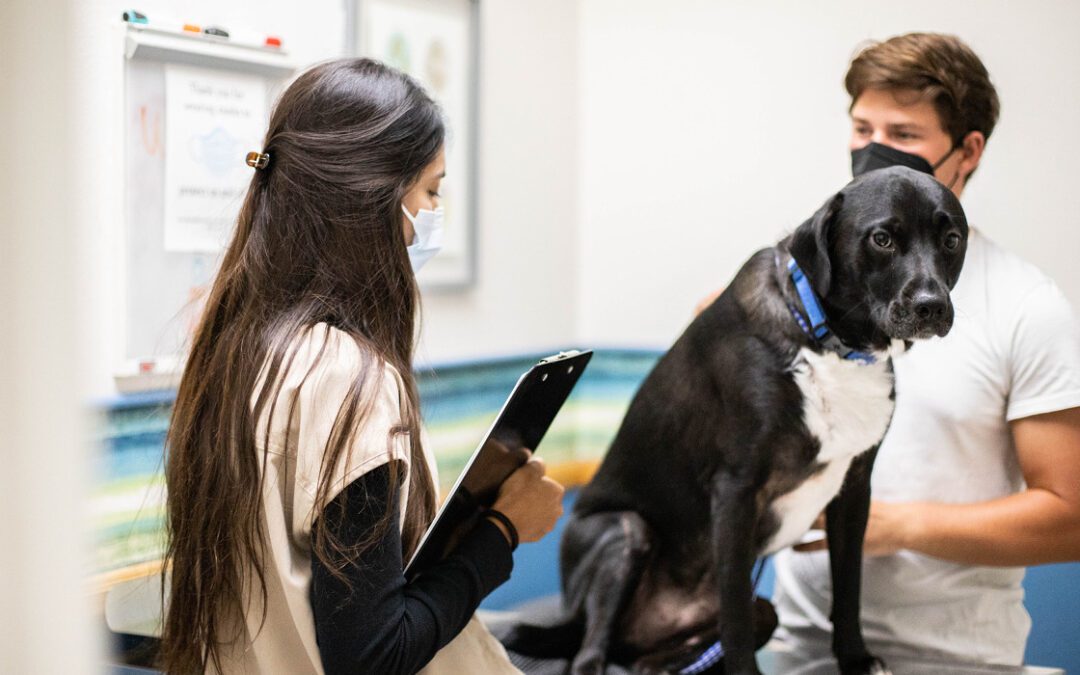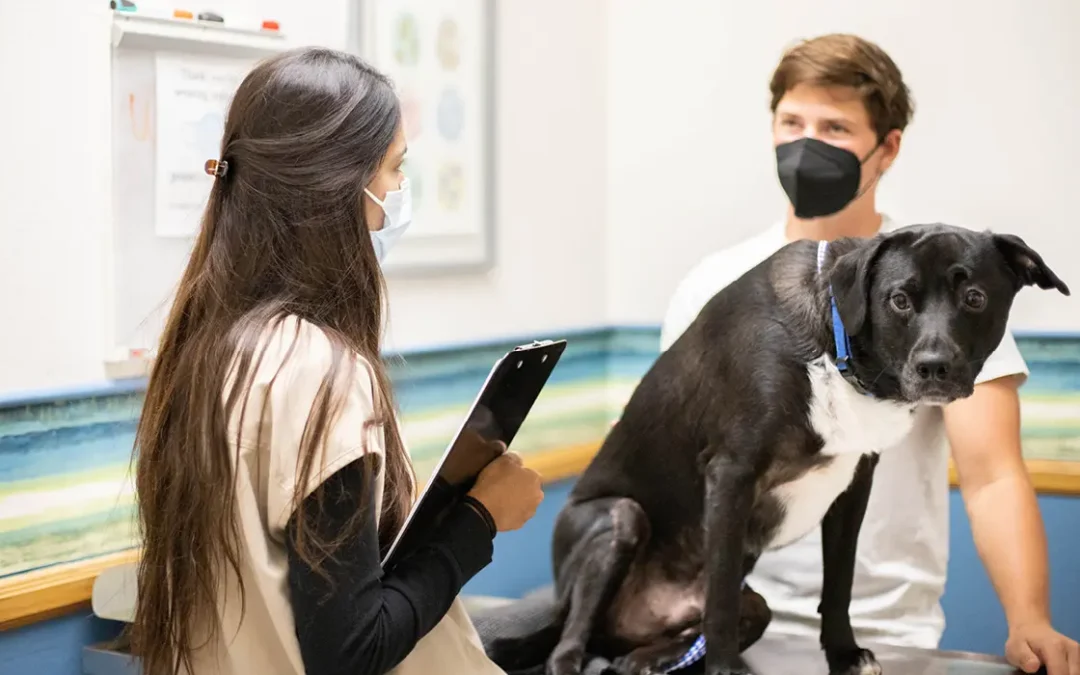As the weather gets warmer, it’s important to take steps to protect your pets from fleas and ticks. These stubborn parasites can cause a variety of health problems in pets, including dermatitis, alopecia, FAD (Flea Allergy Dermatitis), and even serious illnesses like Lyme disease, Rocky Mountain Spotted Fever, and Ehrlichia. In this post, we’ll look at seven ways to protect your pets against fleas and ticks.
1) Use Flea and Tick Preventatives
Flea and tick preventatives are the first line of defense against fleas and ticks. There are a variety of products available, including topical treatments, oral medications, and medicated collars.
The type of product you should use will depend on several factors. These include your pet’s age, health, and lifestyle. Be sure to talk to your veterinarian about which flea and tick preventative is best for your pet.
2) Keep Your Home Clean
Fleas and ticks thrive in dirty environments, so make sure to always keep your home clean and tidy. Pests love hiding places, so take time to declutter your home and avoid letting items like dirty laundry pile up on the floor. It’s also important to vacuum regularly and dispose of the vacuum cleaner bag to prevent re-infestation.
In addition, make sure to wash your pet’s bedding and toys regularly at a high-temperature setting to kill any parasites that may be present. Finally, when working outside, be sure to remove and wash your clothing immediately to avoid bringing fleas and ticks inside.
3) Prevent Parasites in Your Yard
Fleas and ticks can also live in your yard, so it’s vital to take steps to prevent them from spreading. Keep your grass trimmed short and remove any debris or leaves that could provide a hiding place for pests.
Having your lawn professionally treated as often as recommended with a pet-safe treatment is another excellent way to prevent parasites in your yard. Speak to a professional about the best way to treat your lawn based on the type of grass you have and the severity of the flea and tick problem in your area.
4) Inspect Your Pet for Fleas and Ticks
Make a habit of checking your pet for fleas and ticks every day, especially after they’ve been outside. Use a fine-toothed comb to look for fleas in their fur. If you find fleas, dunk the flea comb in a bowl of hot soapy water to kill them.
You can also wash your pet with a medicated flea shampoo to kill any fleas that may be present. Just make sure to bathe your pet at least 24 hours before or after applying a topical flea treatment. These products use natural skin oils to distribute the medication, so washing your pet too soon will make the treatment far less effective.
When washing your pet, take extra care to avoid getting shampoo in their eyes. If you do accidentally get shampoo in your pet’s eyes, rinse them immediately with clean water and contact your veterinarian if irritation persists.
To identify ticks, run your hands gently over your pet’s body. If you find a tick, use a specially-designed tick removal tool to carefully remove it. If you’re not comfortable removing the tick yourself, take your pet to their veterinarian for help.
5) Monitor Your Pet’s Health
Keep an eye out for any signs that your pet may be affected by fleas or ticks, such as excessive scratching, biting, or licking. Symptoms like shifting leg lameness, lethargy, fever, or inappetence may indicate that your pet is suffering from a flea- or tick-borne illness.
If you notice any of these signs, take your pet to the veterinarian right away. And be sure to take any fleas or ticks you find with you to help diagnose the problem.
Your veterinarian will be able to diagnose your pet and recommend the best course of treatment. In some cases, your pet may need to be treated for a secondary infection or underlying condition.
6) Schedule Regular Veterinary Checkups
Schedule regular veterinary checkups for your pet, even if they don’t seem to be affected by fleas or ticks. This will help ensure that your pet stays healthy and free from pests.
During a checkup, your veterinarian will check your pet for fleas and ticks and perform a full physical examination. They may also recommend preventive measures, such as topical or oral treatments.
7) Protect Your Pet Year-Round
Finally, it’s important to remember that fleas and ticks can be a problem year-round, so it’s vital to stay vigilant no matter what season it is. Prevention is always better than cure, so year-round protection is the best way to keep your pet safe from these common pests.
Talk to your veterinarian about the best ways to protect your pet against fleas and ticks year-round. They will help you create a personalized prevention plan for your pet based on their individual needs.
Final Words
With these simple tips, you can help protect your pet against fleas and ticks. By taking steps to prevent these pests, you can keep your pet happy and healthy all year round. Enjoy a pest-free summer with your four-legged friend!
Be sure to download our Springtime Resources social pack and handouts for your clinic.






